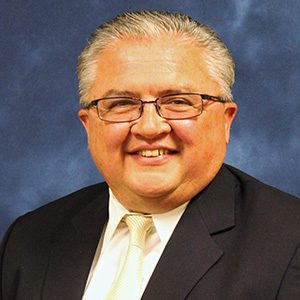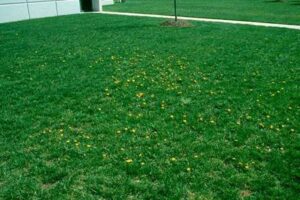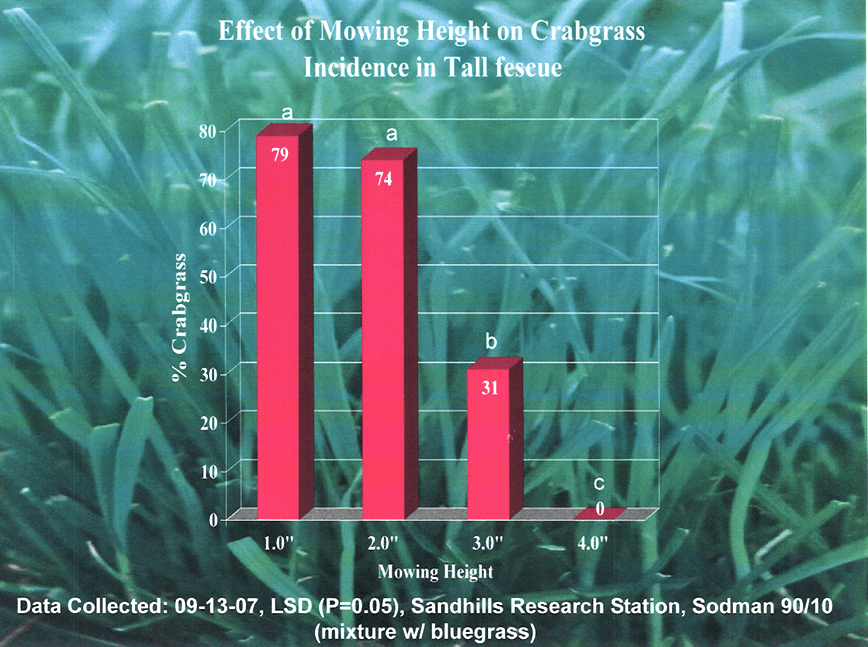By: Joe Ketterer, Director of Quality and Efficiency
 Spring has sprung, and depending on where you’re located and the type of turf grass stand you have on your property, it has either already greened up and been mowed (in the south) or is still lying somewhat brown and dormant, waiting for those warmer temperatures (in the north). However, one thing is certain–everyone desires a healthy, green, dense, weed-free lawn, and that is what we strive to deliver to our customers. While we often subcontract our liquid lawn care operations, our challenge becomes how to coordinate these applications in order to get the maximum benefit in a world of ever-increasing concerns over the use of chemicals along with their associated effects on people, pets, water quality and other environmental impacts.
Spring has sprung, and depending on where you’re located and the type of turf grass stand you have on your property, it has either already greened up and been mowed (in the south) or is still lying somewhat brown and dormant, waiting for those warmer temperatures (in the north). However, one thing is certain–everyone desires a healthy, green, dense, weed-free lawn, and that is what we strive to deliver to our customers. While we often subcontract our liquid lawn care operations, our challenge becomes how to coordinate these applications in order to get the maximum benefit in a world of ever-increasing concerns over the use of chemicals along with their associated effects on people, pets, water quality and other environmental impacts.
 Dandelions growing in turf that needs to be sprayed or mowed
Dandelions growing in turf that needs to be sprayed or mowed
The key to success here lies in education and communication between all parties involved: our customers, our employees, our subcontractors, and the general public. Everyone needs to be on the same page with respect to what is going to be applied, when it is going to be applied and why, so that informed decisions can be made and responses are available for tenants and the general public that may ask questions during these applications. One of the main reasons why we subcontract our liquid lawn care program is because the subcontractors we choose are properly licensed, trained, and equipped to perform these applications in the most effective and efficient manner. However, just because we subcontract this work does not absolve us of our responsibility to OUR customers to make sure that applications occur in an effective and timely manner. We must work together with our subcontractors as partners and communicate our mowing schedules with the application schedules in order to reap maximum benefits and avoid rework.
Generally speaking, it is best to delay mowing and irrigation operations until 24 to 48 hours after a liquid lawn care application has been performed, so as to allow time for the broadleaf weed control to be absorbed by the plant. In many states, our subcontractors are required to post signs that let our customers know that an application has been performed. In particular, when we maintain HOA or apartment communities, we should call ahead and let the property manager know what day our subcontractors are planning to perform a treatment so that they have time to communicate with their tenants who may have concerns for their children and pets playing on the lawn. These are just a few of the many challenges over which we have control and can overcome via proactive communication.
 One way that we can work against weed infestations prior to chemical application is by adjusting our mowing height. There has been extensive university research which demonstrates that mowing at no less than 3 ½ to 4 inches can significantly reduce crabgrass weed infestations in turf type tall fescue (see chart). Mowing at taller heights in the summer can conserve color, reduce summer annual weeds, and ward off the effects of insect and disease pressure by promoting a deeper root system that requires less irrigation and recovery from hot, dry conditions.
One way that we can work against weed infestations prior to chemical application is by adjusting our mowing height. There has been extensive university research which demonstrates that mowing at no less than 3 ½ to 4 inches can significantly reduce crabgrass weed infestations in turf type tall fescue (see chart). Mowing at taller heights in the summer can conserve color, reduce summer annual weeds, and ward off the effects of insect and disease pressure by promoting a deeper root system that requires less irrigation and recovery from hot, dry conditions.
Turfgrass management is a science, and understanding what products to use, when, and for what particular purpose, is a calculated decision that should made in conjunction with a licensed liquid lawn care professional. We need to collaborate with our subcontractors in order to match the customer’s aesthetic and budgetary goals to the appropriate economic and environmentally-friendly solution.